
During a recent energy assessment that I conducted, a homeowner complained they were experiencing high humidity in their master bathroom. The mirrors and window were fogging up during showering and took a long time to clear. They also had some mold growing in one of the ceiling corners near the exterior wall. They operate a bath fan regularly, but it didn’t seem to remove any moisture. As it turned out, the bath fan wasn’t moving any air. How did I know? I tested it.
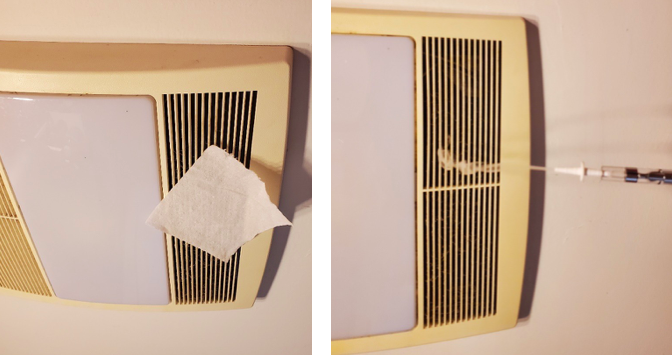
There are a few tests I conduct to see if a fan is moving air. The first is to take a sheet or two of toilet paper and see if the fan sucks it up to the grill. The second uses a smoke puffer to see if the smoke is drawn into the fan.
Both tests will show if the fan is moving air, but neither tell me how much air is being moved. One proper way to test a bath fan is with a flow hood.
Before we get into testing, let’s look at what the 2018 IRC says about bathroom ventilation:
R303.3 Bathrooms. Bathrooms, water closet compartments, and other similar rooms shall be provided with aggregate glazing area in windows of not less than 3 sq. ft. (0.3 M²), one-half of which shall be openable.
Exception: The glazing areas shall not be required where artificial light and a local exhaust system are provided. The minimum local exhaust rates shall be determined in accordance with Section M150. Exhaust air from the space shall be exhausted directly to the outdoors.
M1505.4.4 Local exhaust rates. Local exhaust systems shall be designed to have the capacity to exhaust the minimum airflow rate determined in accordance with Table M1505.4.4 (below).

As always, check your local codes, as requirements may…
Weekly Newsletter
Get building science and energy efficiency advice, plus special offers, in your inbox.

This article is only available to GBA Prime Members
Sign up for a free trial and get instant access to this article as well as GBA’s complete library of premium articles and construction details.
Start Free TrialAlready a member? Log in





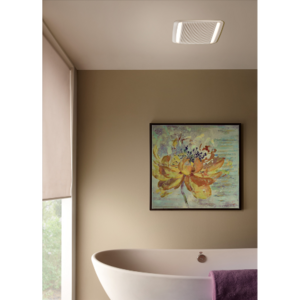
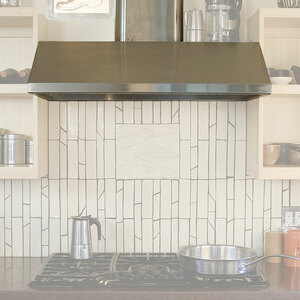
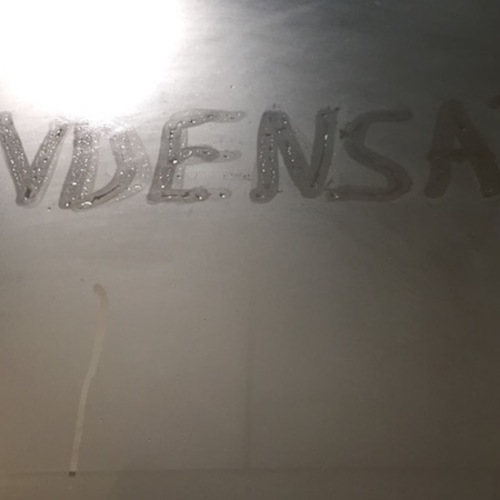
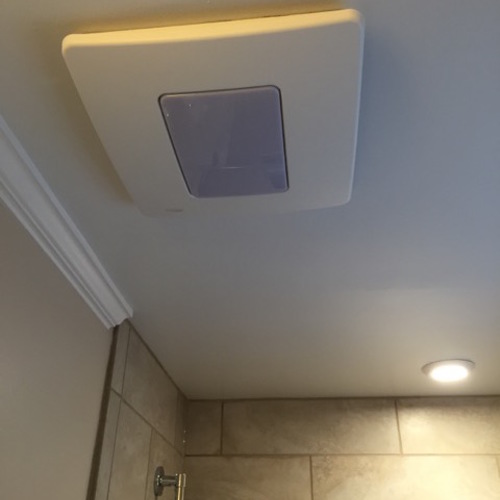






One Comment
For quick checks I use various weighted sheets and each tells me how much cfm output there is from paper to heavy cardboard.
Log in or become a member to post a comment.
Sign up Log in